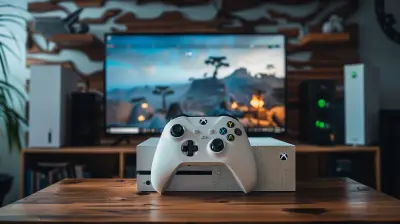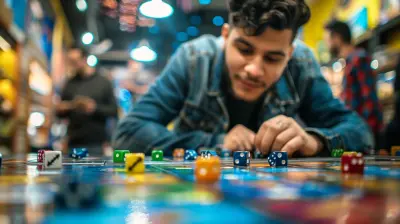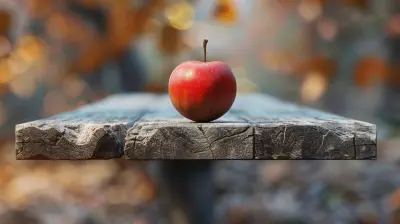The Beauty of Turn-Based Combat: Why It Still Shines in JRPGs
24 April 2025
If you're a fan of JRPGs (Japanese Role-Playing Games), you know there's something magical about turn-based combat. It’s that sweet mix of strategy and nostalgia that makes it so special. Sure, modern gaming has shifted towards fast-paced action, but turn-based systems? They’re timeless. Like an old comfy pair of sneakers, they might not be flashy, but they fit just right.
In a world where everything is all "real-time this" and "open-world that," it’s refreshing to revisit the deliberate pacing and tactical depth turn-based combat offers. So why does this old-school combat style still thrive in JRPGs? Let’s break it down.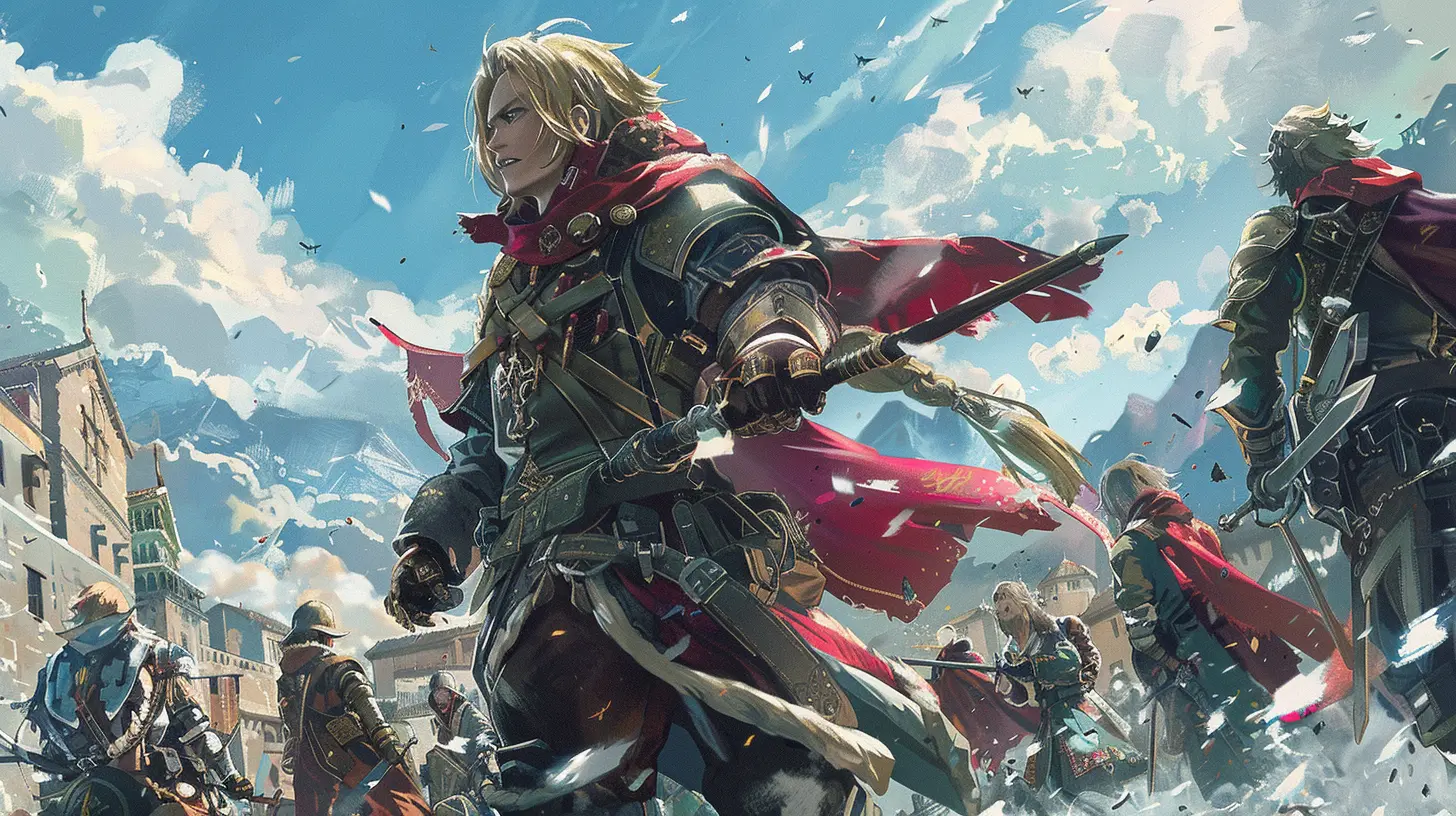
What Is Turn-Based Combat?
Before we dive into why it’s so beloved, let’s clarify what turn-based combat actually is.Turn-based combat is pretty much what it sounds like: players and enemies take turns attacking, defending, or using special actions. Think of it like a game of chess where you plot your moves, react to what the opponent does, and try to stay one step ahead.
It’s deliberate, calculated, and puts the focus on strategy over reflexes. Games like the Final Fantasy classics, Dragon Quest series, or more recent titles like Octopath Traveler are prime examples of this gameplay style done right. 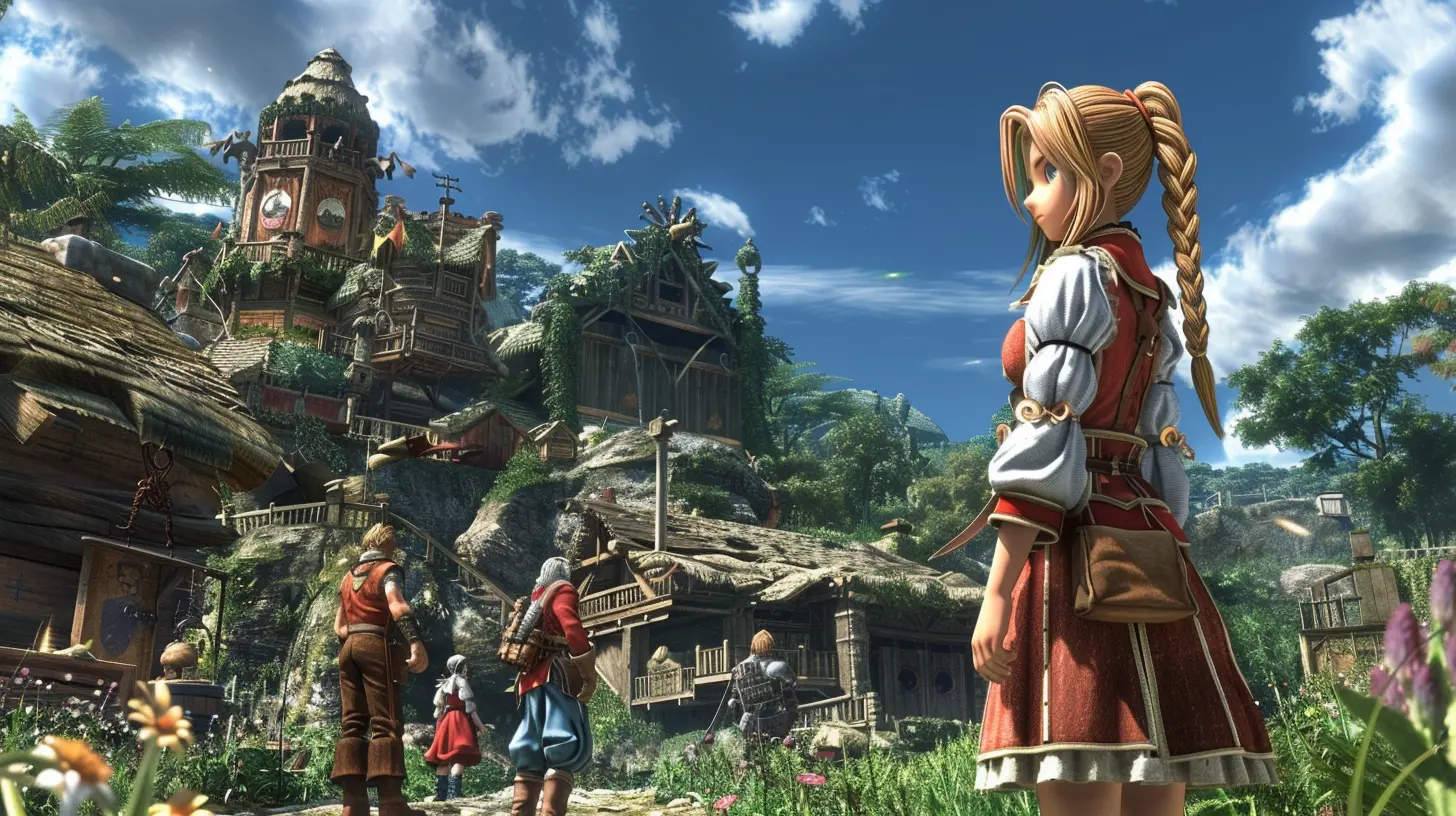
Nostalgia: Where It All Began
If you grew up in the late ’80s or ’90s, chances are your introduction to JRPGs was through turn-based combat. It was everywhere, from Final Fantasy VII on the original PlayStation to Pokémon battles on your old Game Boy.For many of us, these games weren’t just something to pass the time—they shaped how we viewed storytelling and gaming. Turn-based combat wasn’t some gimmick; it was the backbone of our favorite adventures. It’s a big reason why JRPGs became so iconic: the methodical pace let you truly think about your choices.
And let’s be honest—there’s a nostalgic charm to it. Hearing the victory fanfare after a tough battle still hits like it did back in the day. 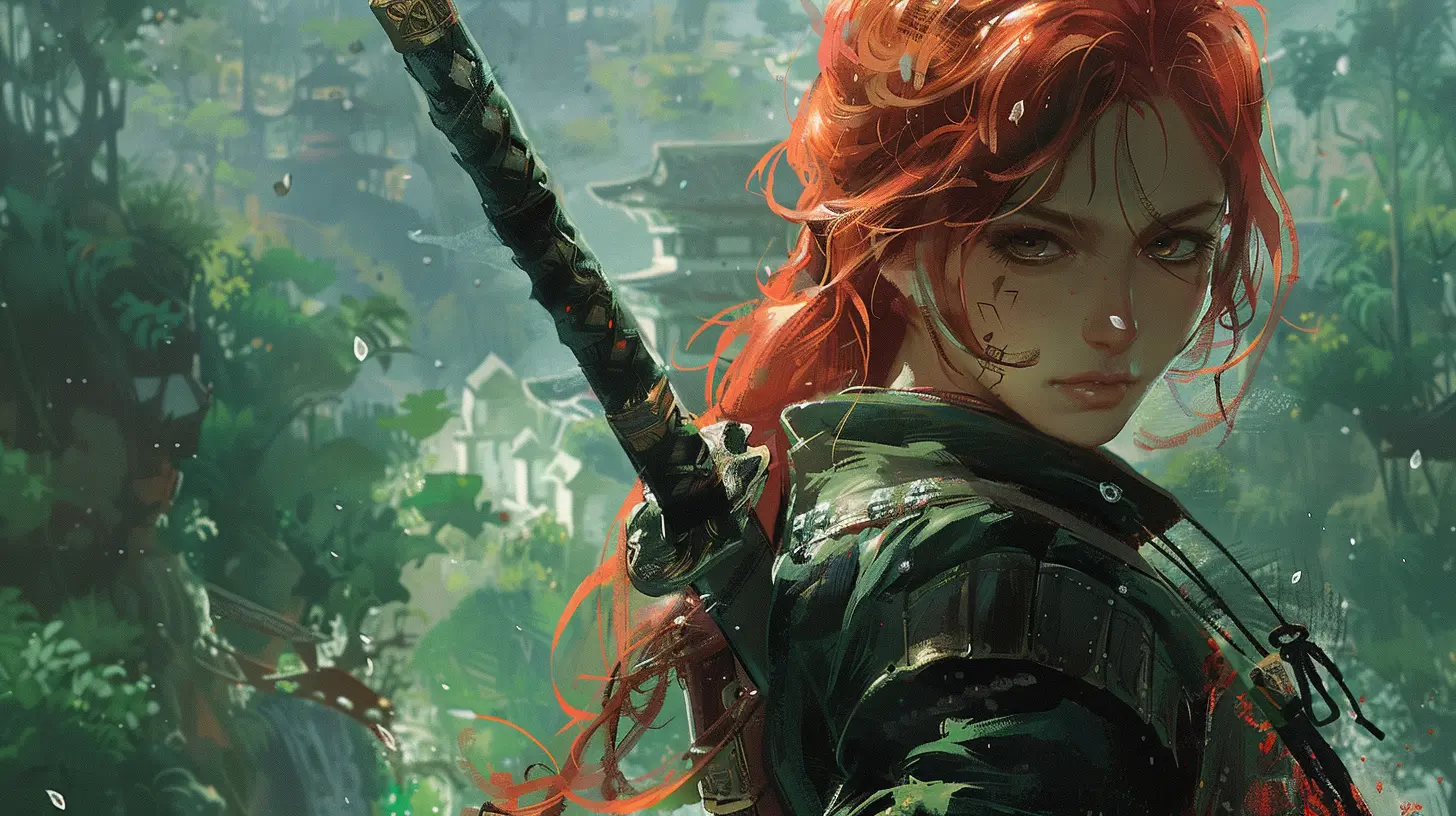
Strategy Over Button-Mashing
Here’s the thing: not everyone wants gaming to feel like a workout for their thumbs. With turn-based combat, you’re not relying on split-second reflexes to dodge or counter an attack. Instead, it rewards careful planning and big-picture thinking.Let’s say you’re about to face a boss in a turn-based JRPG. Instead of frantically hoping your button-mashing lands a hit, you’re planning moves like a general preparing for battle. You’re thinking:
- Should I buff my party first, or go straight for the offense?
- What’s the enemy’s weakness? Do I have a spell or item to exploit it?
- Do I sacrifice this turn to heal, or take a risk and attack?
These decisions can make or break the fight. It’s not just about what you do but when you do it. Timing, synergy, and strategy are key, and when you nail all three? It’s pure satisfaction.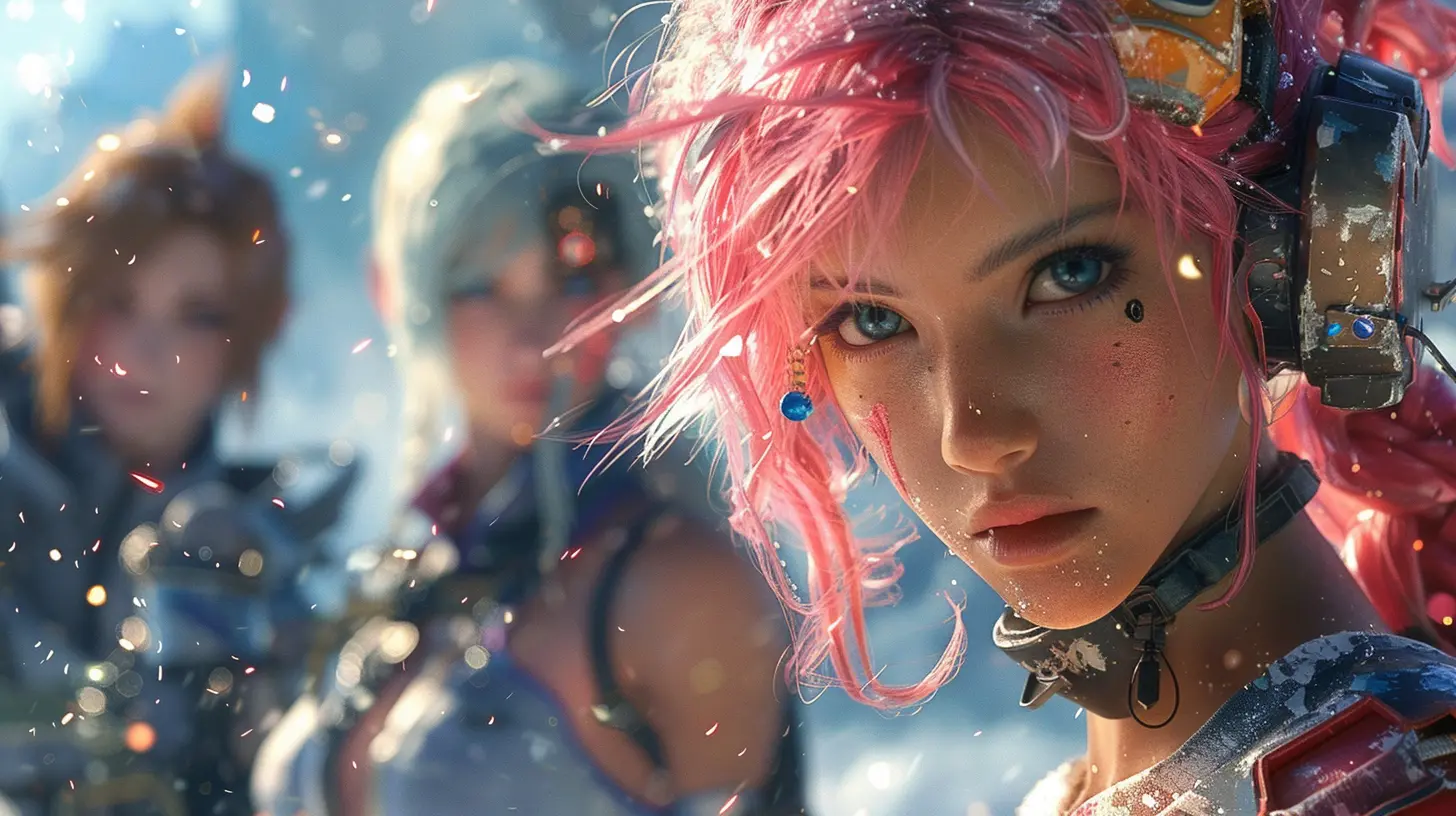
Turn-Based Combat Encourages Problem-Solving
Ever notice how turn-based combat feels like solving a puzzle? Each battle is essentially a test of your problem-solving skills.Think about it—every move you make in a turn-based JRPG contributes to an overall strategy. Maybe the enemy is resistant to physical attacks, so you need magic. Maybe they hit hard but are weak to status effects like poison or paralysis. The game challenges you to adapt and overcome.
Some might even argue that turn-based combat is where JRPGs shine brightest because it forces you to think critically. There’s no rushing in blindly here. You’ve got to play smart, use your resources wisely, and always stay two steps ahead.
The Role of Party Customization
Another reason turn-based gameplay works so well in JRPGs is the emphasis on party customization.In these games, your success hinges on building a team that complements each other’s strengths and weaknesses. Maybe your healer keeps everyone alive while your tank absorbs damage and your mage dishes out big elemental hits. Or maybe you mix things up and specialize in debuffs to cripple enemies.
The beauty lies in the control you have over how you play. You decide who gets that rare piece of equipment, what skills to prioritize leveling up, or whether to go all-in on offense or focus on defense.
This level of customization adds depth to the gameplay and keeps it engaging from start to finish.
JRPGs Tell Stories Through Combat
Turn-based combat isn’t just about mechanics; it’s a storytelling tool.Hear me out: Each battle reflects the narrative journey. Think about those climactic final boss fights. The turn-based nature lets you savor every moment. Every attack you land, every buff you cast—all of it feels like you’re writing the climactic pages of your story.
In real-time combat systems, things happen so fast that it’s easy to miss the nuance. But turn-based combat? It forces you to slow down and truly feel the weight of every decision.
The Rise of Modern Turn-Based JRPGs
Now, you might be thinking, “Okay, but isn’t turn-based combat a relic of the past?” Not even close.While some JRPG franchises have shifted towards real-time systems (looking at you, Final Fantasy XV and XVI), others are keeping the turn-based tradition alive. Games like Persona 5, Octopath Traveler, and Bravely Default II prove there’s still a massive audience for this style of gameplay.
And you know what? Developers have done a stellar job modernizing it. These newer games spice up turn-based combat with mechanics like:
- Boost Systems (Octopath Traveler): Where you can power up attacks by saving action points.
- Stagger Systems (Persona 5): Where exploiting weaknesses lets you chain extra turns.
- Dynamic Turn Orders (Bravely Default): Where you can gamble future turns for big plays now.
These features keep the gameplay fresh while staying true to the heart of turn-based combat.
Turn-Based Combat vs. Real-Time Combat: Does It Even Matter?
Okay, so here's the big question: Is one better than the other? Not really. It’s more about preference.Real-time combat is flashy, immersive, and keeps your adrenaline pumping. But turn-based systems? They offer something uniquely satisfying: a chance to strategize, take a breather, and focus on outwitting your opponent.
It’s like comparing apples to oranges—they’re both great, just in different ways. The beauty of turn-based combat is that it knows its strengths and leans into them unapologetically.
Why Turn-Based Combat Will Never Die
As gaming evolves, there’s been this fear that old-school mechanics like turn-based combat will be left behind. But let me tell you, that’s not gonna happen.There will always be a place for slower, more methodical systems in gaming. Why? Because they’re timeless. Gaming isn’t just about speed—it’s about the experience. It’s about stepping into another world, thinking through problems, and appreciating the journey.
Turn-based combat taps into something deeper. It reminds us that gaming isn’t just about reacting; it’s about thinking. It’s about story, strategy, and savoring the ride.
So, while flashy new systems might grab headlines, turn-based combat is here for the long haul. And honestly? The JRPG world wouldn’t be the same without it.
Final Thoughts
Whether you’re a veteran who grew up grinding in Dragon Quest or a newcomer discovering Persona 5, there’s something about turn-based combat that feels timeless. It’s not just a gameplay mechanic—it’s a core part of what makes JRPGs so special.It’s proof that sometimes, slowing down and thinking things through can be even more exciting than any high-speed, real-time action sequence. And in a world that’s always rushing, maybe that’s exactly the kind of gaming experience we need.
all images in this post were generated using AI tools
Category:
JrpgsAuthor:

Leandro Banks
Discussion
rate this article
6 comments
Lyla McGee
Timeless strategy fuels epic adventures!
May 14, 2025 at 3:28 PM

Leandro Banks
Absolutely! Turn-based combat allows for thoughtful strategy, enhancing the adventure and making every decision count.
Zacharias McNeal
Timeless strategy fosters deep engagement.
May 7, 2025 at 4:23 PM

Leandro Banks
Thank you! Timeless strategies indeed enhance player engagement, allowing for thoughtful decision-making and a deeper connection to the game's mechanics.
Henry McAdams
Great insights! Turn-based combat truly showcases strategy and depth in JRPGs. Well done!
May 2, 2025 at 2:41 PM

Leandro Banks
Thank you! I'm glad you enjoyed the article and appreciate the depth of turn-based combat in JRPGs.
Maverick Alvarez
Turn-based combat allows for strategy and reflection, enriching the immersive storytelling of JRPGs.
May 1, 2025 at 4:09 AM

Leandro Banks
Absolutely! Turn-based combat not only enhances strategic depth but also allows players to immerse themselves in the narrative, making each decision feel impactful.
Zevin Barron
This article beautifully highlights the enduring charm of turn-based combat in JRPGs. Its strategic depth and thoughtful pacing allow players to immerse themselves in battles, fostering a connection with characters and story. Turn-based gameplay remains a timeless classic that continues to captivate gamers.
April 26, 2025 at 2:47 PM

Leandro Banks
Thank you for your insightful comment! I completely agree—the strategic depth and pacing of turn-based combat truly enhance the connection between players, characters, and story. It’s great to see appreciation for this timeless gameplay style!
Bear McClendon
Great insights! Turn-based combat adds depth and strategy to JRPGs. Love it!
April 24, 2025 at 3:28 PM

Leandro Banks
Thank you! I'm glad you appreciate the depth turn-based combat brings to JRPGs. It really enhances the strategic experience!
